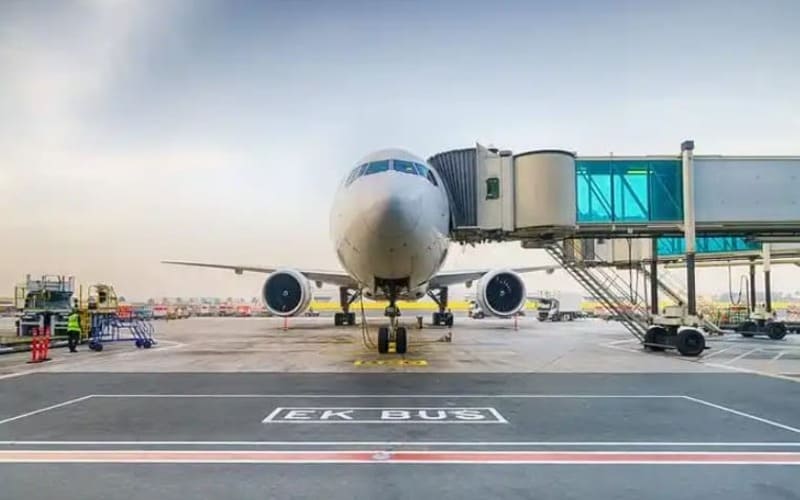In international shipping, air freight and air cargo are two key modes of transportation that are often used interchangeably. While they may appear similar, subtle differences exist between them that can influence the decision-making process when choosing the most suitable shipping method for your business needs. In this article, we will explore the distinctions and similarities between these two forms of air transport, their advantages, and when each method is best suited for your cargo requirements.
Summary of Air Freight and Air Cargo
Air freight and air cargo both refer to the transportation of goods via air, but they differ in the scope and application of the terms. Air freight is a broader concept that includes goods transported by multiple modes of transport, such as air, sea, and land. On the other hand, air cargo is more specific, referring solely to goods moved via air transportation. The choice between these methods largely depends on factors like shipment size, time sensitivity, and cost considerations.
Air Freight: A Broader Perspective
What Is Air Freight?
Air freight refers to the shipment of goods that are transported by aircraft, either using commercial airlines or dedicated freight carriers. This method of shipping is often selected for its speed and efficiency, especially when time is a critical factor in the delivery of goods. Unlike other forms of transportation, air freight services handle everything from smaller parcels to large-scale bulk shipments, making it versatile and reliable.
Key Features of Air Freight
- Speed and Efficiency: Air freight offers the fastest transit time compared to ocean, rail, or road transportation. The delivery times are predictable, which is crucial for businesses with tight schedules.
- Global Reach: Air freight can connect almost any location globally, providing vast coverage that ensures goods are transported to even remote regions.
- High Security: With strict regulations and advanced tracking systems, air freight offers a higher level of security, reducing the chances of theft or damage to goods.
Air Freight Costs and Transit Time
Although air freight is generally more expensive than other methods, its speed and security often justify the higher cost. The pricing is typically based on the weight and volume of the cargo, and factors such as distance, route planning, and fuel costs can influence rates.
| Shipping Method | Typical Transit Time | Cost Comparison |
|---|---|---|
| Air Freight | 8–7 days (depending on route) | 4–5 times more expensive than road transport |
| Ocean Freight | 13–60 days (depending on route) | More affordable, but slower |
Air Cargo: Specifics and Applications
What Is Air Cargo?
While “air cargo” and “air freight” are often used interchangeably, air cargo refers specifically to the goods themselves that are transported by air. This term is primarily used in the context of what is being shipped, rather than the method of transport. In essence, air cargo describes the actual goods loaded into the aircraft.
Air Cargo Services
Air cargo services vary from those of freight forwarding companies, which handle logistics on behalf of customers. Cargo carriers typically focus exclusively on air transport, offering services tailored for the movement of goods, from small packages to large, bulky items.
Air Freight vs. Courier Services: A Comparison
Air Freight vs. Courier Services
Both air freight and courier services provide air transport, but the key difference lies in the scope and pricing structure. While courier services such as FedEx and DHL specialize in smaller, time-sensitive parcels, air freight is better suited for larger, bulkier shipments that require more specialized handling.
- Air Freight: Typically more cost-effective for larger shipments.
- Courier Services: More convenient for smaller, parcel-sized shipments, often providing door-to-door delivery.
Choosing Between Air Freight and Air Cargo
Factors That Influence Your Shipment Choice
Several important factors must be considered when deciding between air freight and air cargo, including the size and weight of the shipment, the urgency of delivery, and the budget.
- Cost: Air freight is more expensive than other modes of transportation. However, when speed and security are paramount, air freight becomes the go-to solution. For bulkier or less urgent shipments, ocean freight or road transport might be more cost-effective.
- Size and Weight: Air freight has more stringent limitations on the size and weight of shipments due to space constraints on aircraft. Small to medium-sized shipments can benefit from air freight, while larger and heavier shipments are better suited for ocean freight.
- Transit Time: Air freight is the fastest method of transportation, with transit times ranging from a few hours to a few days, depending on the distance. For time-sensitive goods, such as perishable items or urgent materials, air freight is often the most suitable option.
- Packaging and Regulations: Air freight has specific packaging requirements due to the nature of air transport. Additionally, hazardous goods are subject to strict regulations governed by organizations such as the International Air Transport Association (IATA).
The Advantages of Air Freight
Key Benefits
- Speed: Air freight offers the fastest delivery times, ensuring time-sensitive goods are delivered promptly.
- Global Access: Provides access to international markets with a wide range of air transport routes.
- Security: Air freight is generally more secure than other transport methods, reducing the likelihood of theft or damage.
Conclusion: Air Freight or Air Cargo—Which One Is Right for You?
In conclusion, both air freight and air cargo serve vital roles in global shipping, with air freight offering a broader range of transport solutions that encompass goods moved by air, land, and sea. The choice between the two depends on factors like shipment size, urgency, and cost.
For businesses with time-sensitive, high-value shipments, air freight remains the most reliable option. However, for smaller, less urgent parcels, air cargo and courier services might be more appropriate.
Ultimately, choosing the right air transport method requires careful consideration of your specific business needs, shipment characteristics, and logistical requirements. With the help of an experienced air freight forwarder, you can optimize your shipping process, reduce costs, and ensure timely delivery.



